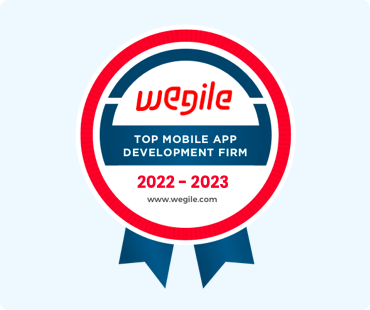App modernization is like giving your legacy apps a fresh makeover, making them feature-rich and up-to-date. Do you know how that app you love sometimes feels a bit slow, glitchy, or just not as flashy as the new one? App modernization fixes all that! It's like a digital facelift that brings your apps into the modern era with cool features, striking looks, and lesser bugs than ever.
In this article by Wegile, we’ll dig deeper into the benefits of application modernization along with app modernization strategy. So, whether you're a tech whiz or just starting to figure out this whole app modernization thing, stick around and gain some insights.
With the rapid pace of technology, it's no surprise that there are a lot of outdated applications and legacy systems running on dated infrastructure. These apps are plagued by security threats, inadequate performance, and an overall lack of reliability – to say nothing of user experience (UX)! One of the few reasons why businesses need to understand the importance of app modernization.
App modernization strategy not only brings us into the present day with modern technologies like cloud computing trends, artificial intelligence, or even machine learning but also allows for advances in UX that can make applications easier to use and more enjoyable for the users.
App modernization strategies are the key to exploring greater efficiencies in legacy applications, making them more secure and resilient, and ensuring a high-quality user experience; all of these elements are extremely important for a successful application. So it is important for legacy apps to catch up with technology and understand the benefits of app modernization.
Assessing your legacy application will help you identify performance bottlenecks and security vulnerabilities through a comprehensive application audit. This ensures that your resources for app modernization strategy are not wasted and utilized where needed.
Conducting a Comprehensive Application Audit:
Before embarking on any transformational journey, you need to know where you stand. Conducting a comprehensive application audit is like taking stock of your digital assets. This involves:
Identifying Performance Bottlenecks and Security Vulnerabilities:
The audit isn't just about counting applications; it's about understanding how well they perform and how secure they are. This entails:
Every successful journey begins with a clear destination in mind. As you begin to determine which modernizations you should prioritize, consider your end users and how they will interact with the applications. This is critical for achieving the best possible outcomes—your stakeholders expect an intuitive experience, no matter the platform or device. Before implementing your plan, ensure you have a holistic view of all proposed changes, Key Performance Indicators (KPIs) and set measurable goals to help you track progress.
It’s essential to ensure your modernization goals are part of a larger strategy that aligns with long-term objectives and core values. Effective app modernization strategies take into account not only the desired outcomes but also the associated tangible costs. When crafting your approach, consider a wide range of factors, including security, infrastructure, testing, and reporting complexity. Creating a cost-efficient plan that fits within corporate guidelines requires an understanding of the current budget as well as any applicable regulations such as costing, data privacy, or industry standards like HIPAA.
From established companies to start-ups, all organizations want to stay ahead of the competition by providing customers with the most updated UX capabilities—it’s an essential part of building loyalty. Effective app modernization requires taking into account the user experience and ensuring you’ve chosen the right platform and technology before launching anything into production. As businesses strive to provide their customers with agile solutions (Check out the Benefits of Agile Methodology) that drive Return On Investment, setting clear objectives and aligning app modernization goals with business strategies can help you stay ahead of the curve.
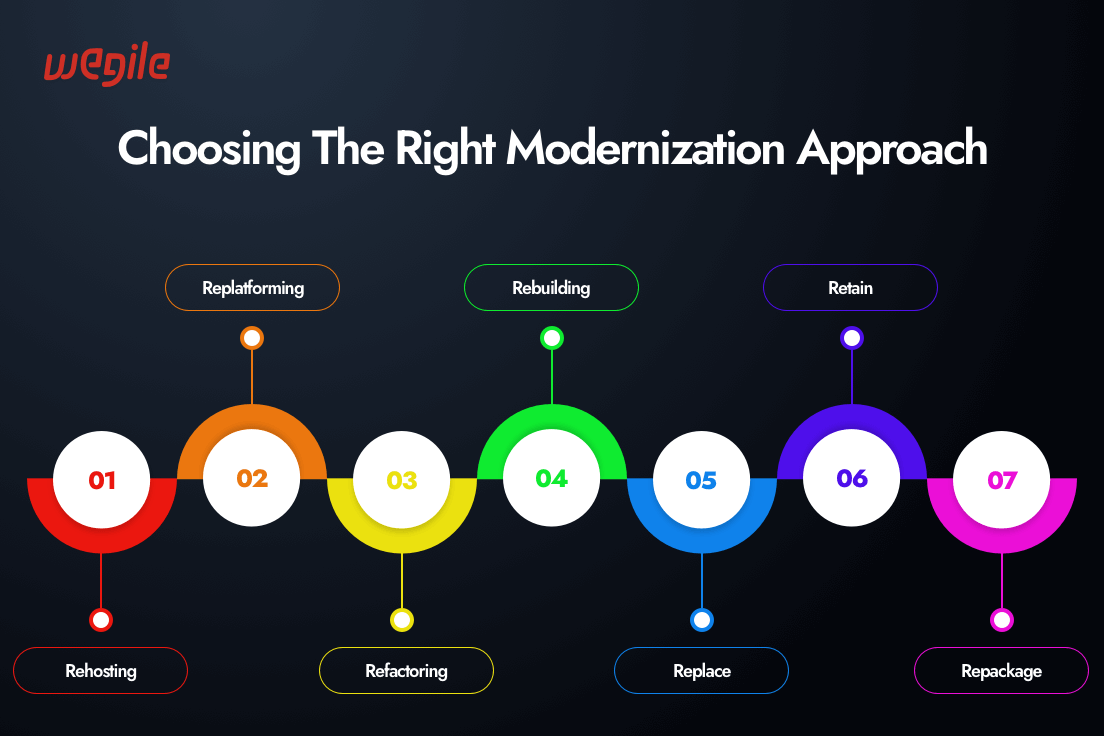
Perhaps the most straightforward and cost-effective approach to modernization is rehosting. Rehosting is a low-risk, low-cost modernization approach. If you have applications that aren’t set up for the cloud and you’d like to move them out of their current environment quickly, rehosting is a great option. Rehosting requires lifting and shifting an application from its legacy environment into the cloud.
Replatforming involves making more structural changes to existing applications than rehosting, such as re-platforming an application from a monolithic to a microservice architecture. With re-platforming, you’re able to take advantage of the cloud’s scalability while keeping the code intact. Replatforming an application typically requires compression and optimization of its code in order to structure it for a new cloud infrastructure.
Refactoring, or rearchitecting, is an app modernization strategy wherein you need to delve deeper into your application's code to optimize performance, enhance scalability, and adopt cloud-native technologies. This approach requires significant changes to your codebase but results in a more robust, efficient, and scalable application. Refactoring is suitable when you're committed to harnessing the full potential of modern platforms.
Rebuilding is the process of completely redeveloping an outdated application using new development tools and techniques, such as modern programming languages or components like databases, web servers, or messaging services.
When an application no longer serves its purpose or is too outdated to salvage, replacement might be the best route. This involves replacing the legacy application with an off-the-shelf solution or a new custom-built application. It's like trading in your old car for a brand-new model.
If an organization's use case qualifies, maintaining the existing system may make more sense than trying to modernize it. This app modernization strategy is beneficial to those organizations who either cannot afford app modernization at the moment or no modernization is required for the foreseeable future as the legacy application is intact and in touch with the current technology.
Packaging existing legacy applications into containers or cloud-native architectures is another option available for legacy modernization efforts. The repackaging approach gives organizations complete control over the entire transformation process so that they can shift non-compatible apps into the cloud without sacrificing security or performance standards. When your application's user interface needs a facelift or new packaging, the repackage approach shines.
When modernizing applications, speeding up time-to-market is essential - but so is ensuring that quality and performance do not suffer as a result. To strike this delicate balance, deploying DevOps and agile methodologies is key. By streamlining the development and deployment process with CI/CD pipelines, teams can increase the velocity of releases without sacrificing the quality users have come to expect.
Automation tools are also essential for reducing the manual burden so that teams can focus on improving feature quality. With automation comes a rigorous testing process - automated testing tools are the best way to ensure uniform and complete tests that don’t miss any variables. It also helps to evaluate performance and load ahead of an app’s release by capturing performance and load testing metrics early on in the process. All of these steps taken together in the app modernization strategy will result in modern apps that offer the speed users demand and the quality they expect.
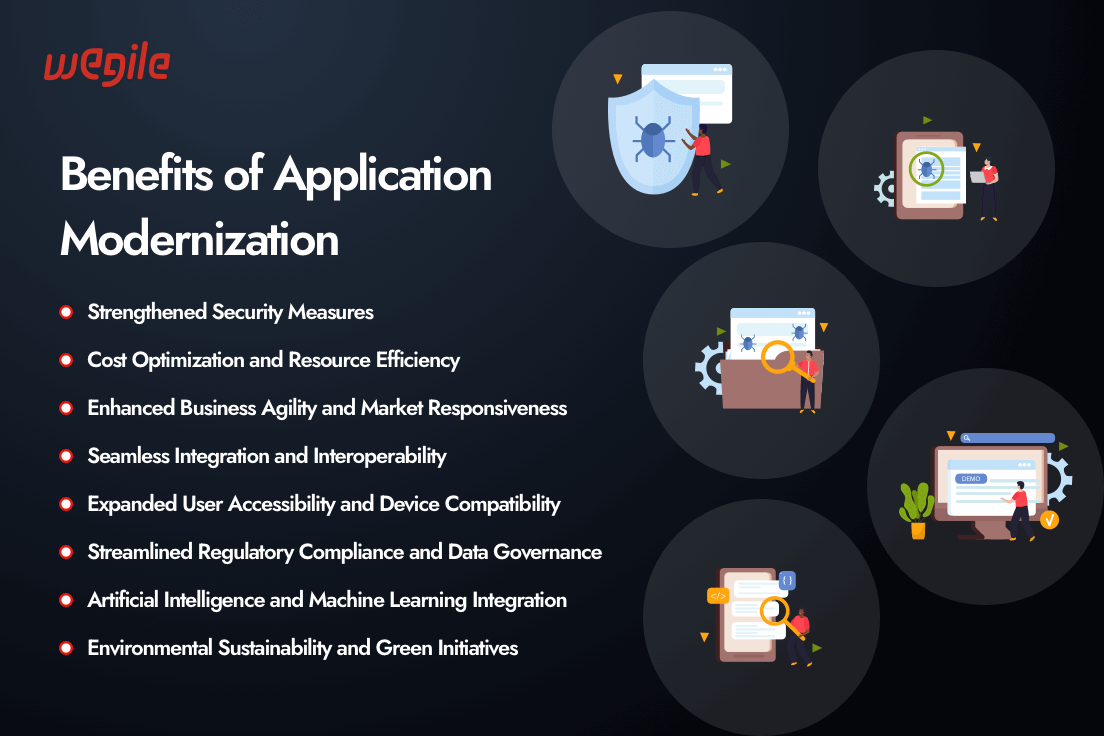
With the rapid change in technology, application modernization is the need of the hour for legacy applications. Modernizing your applications may sound intimidating, but the truth is the process can be tailored to your needs – no matter what industry you’re in. And while the thought of coming up with a comprehensive application modernization strategy may not be the most exciting prospect, the truth is it can be incredibly beneficial for your organization in numerous ways.
Whether you're a tech aficionado or just someone looking to stay ahead in the digital race, Wegile has your back; we have got the scoop to help you understand the benefits of application modernization in the easiest way possible.
Application modernization can have numerous benefits, one of the most notable being improved cyber security. With technology advancing at a rapid pace, many outdated legacy applications are no longer built to withstand the full spectrum of security threats. It is absolutely crucial to modernize your applications in order to stay on top of security protocols and maintain the highest levels of data safety, especially in the face of constantly evolving security threats.
By implementing the most up-to-date security measures, you can maintain compliance with industry standards and ensure that sensitive data remains secure and confidential. Application modernization also reduces the risk associated with hidden weaknesses in legacy systems while providing your organization with advanced threat detection capabilities. The process fortifies data privacy and security, instilling confidence in customers and providing them with greater peace of mind.
Application modernization enables organizations to build cost-effective applications that are optimized to run in the cloud. By utilizing application modernization, businesses can successfully avoid costly infrastructure investments, reduce operating costs, and control their overall IT spend.
Application modernization helps organizations become more resource efficient by automating manual processes and utilizing intelligent systems that enable better use of the existing resources. Application modernization reduces human error and allows employees to focus on higher-level activities. Modernized applications provide faster delivery time due to improved development processes, automated testing, and reduced cycle times from concept to production.
Application modernization plays a crucial role in achieving heightened business agility and market responsiveness. By modernizing existing applications, businesses can reach a new level of nimbleness and capability, enabling them to swiftly respond to dynamic customer demands and changing market conditions.
Embracing application modernization empowers organizations with access to potent tools and technologies, facilitating rapid updates, modifications, and adaptations to ensure optimal customer satisfaction and market performance. Applications are upgraded to maximize operational efficiency and effectiveness while staying aligned with evolving industry trends and customer needs. As a result, embracing application modernization fosters business agility and market responsiveness, positioning organizations for sustained long-term success.
Embracing application modernization offers numerous benefits, including the ability to seamlessly integrate and improve interoperability. Essentially, this means that different systems and applications can now work together and communicate better with each other, that too more effectively than ever before.
This is a major benefit of application modernization, wherein businesses will allow for greater efficiency, flexibility, and scalability. Essentially, application modernization allows firms to streamline their operations, minimize website downtime, and improve overall productivity, which is something that all organizations can appreciate. By making the most of application modernization, businesses can stay ahead of the curve and provide an enhanced level of consumer service to their customers while keeping expenditures down and revenues up.
As technology is constantly ever-changing at a rapid pace, older applications need to keep up with the latest advancements. This is where application modernization offers a range of benefits, but one of the most significant is expanded user accessibility and device compatibility. As users increasingly rely on mobile devices with different OS, device configuration applications must be able to run on multiple platforms while being compatible with every device, be it Android or iOS, in order to meet customer demands.
Application modernization solutions make it easier for applications to be responsive and user-friendly across different platforms, ensuring that customers can access the application from any device regardless of the device's size or operating system. By expanding its reach to multiple devices, an organization can more effectively target its customer base while providing better user experiences with more efficient software.
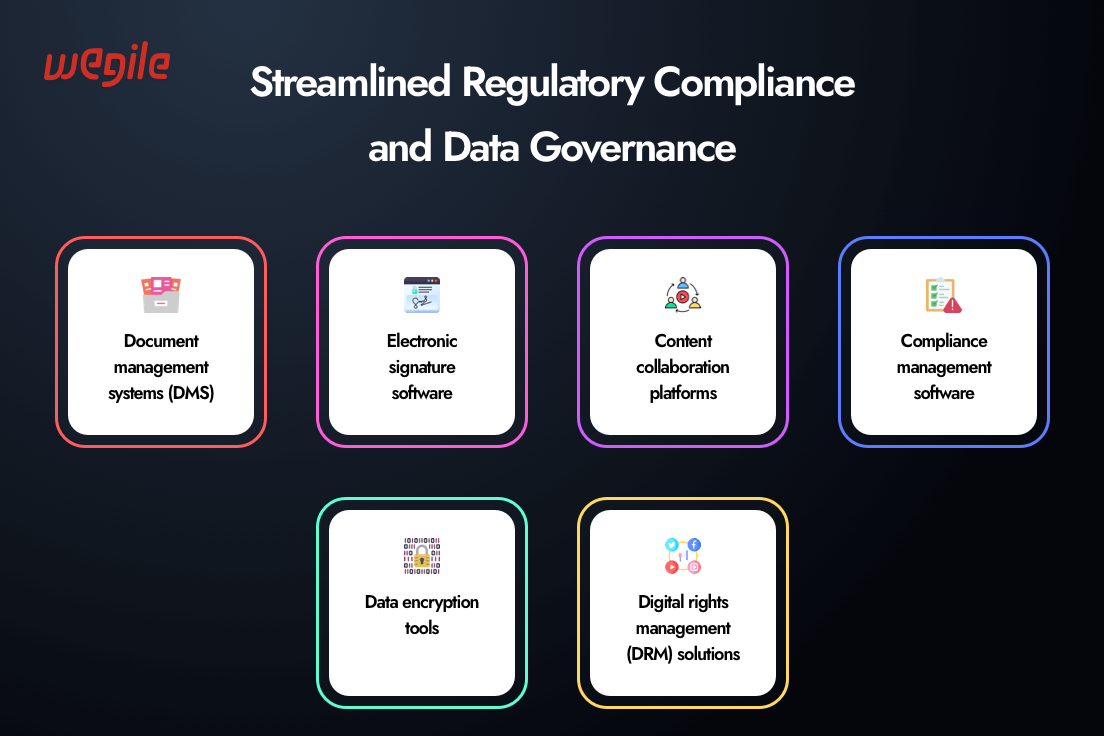
In the past, the key to regulatory compliance and data governance was manual processes. It was a game of chase – chasing down paperwork, ensuring forms were filled out correctly, and keeping everything up to date. But with modernization efforts, companies can now rely on automated systems to manage these tasks. These applications can help you with document tracking, compliance issue flagging, and data security, including:
By streamlining regulatory compliance and data governance processes, organizations not only save money and prevent potential legal risks, but they can also create an overall sense of security among stakeholders. It's clear that application modernization is the secret weapon that will help you stay compliant, protect your organization's data, and take on whatever comes your way with confidence.
Do you want your apps that could anticipate user needs and regularly improve themselves through automatic learning? Well, with the help of artificial intelligence (AI) and machine learning (ML), it can. AI and ML integration makes it possible for apps to be smarter, more efficient, and better able to meet customer needs.
Plus, legacy applications can easily be modernized with these technologies. With AI and ML integration, you can take advantage of the latest technologies to help your app development stay ahead of the competition. Whether starting a new app from scratch or modernizing an existing one, Wegile mobile app development professionals can help. Contact us today to find out how we can help you with the integration of AI and ML in your application.
When we talk about the benefits of application modernization, it's not just about tech upgrades – it's also about contributing to a greener planet. Check out how environmental sustainability and green initiatives tie into the realm of application modernization:
Modernizing applications often involves optimizing their underlying infrastructure, leading to reduced energy consumption and a smaller carbon footprint.
Upgraded applications streamline resource usage, minimizing waste and making the most of available assets.
Application modernization promotes extending the lifespan of existing hardware and devices, reducing the need for frequent replacements and associated e-waste.
By consuming less energy and resources, modernized applications contribute to cutting down overall carbon emissions.
Modernization enables digital transformation, minimizing paper usage and promoting environmentally friendly practices.
Updated applications often support remote work, reducing the need for daily commutes and resulting in lower transportation-related emissions.
Modernization encourages the use of energy-efficient data centers that incorporate renewable energy sources and advanced cooling techniques.
These practices optimize server utilization, leading to fewer physical servers and, consequently, reduced energy requirements.
Modernization encourages eco-conscious coding practices, ensuring that software is designed with sustainability in mind.
Modernized applications can incorporate tools for tracking and reporting environmental impact, encouraging transparency and accountability.
Migrating applications to the cloud often aligns with green initiatives, as cloud providers focus on energy-efficient infrastructure and resource sharing.
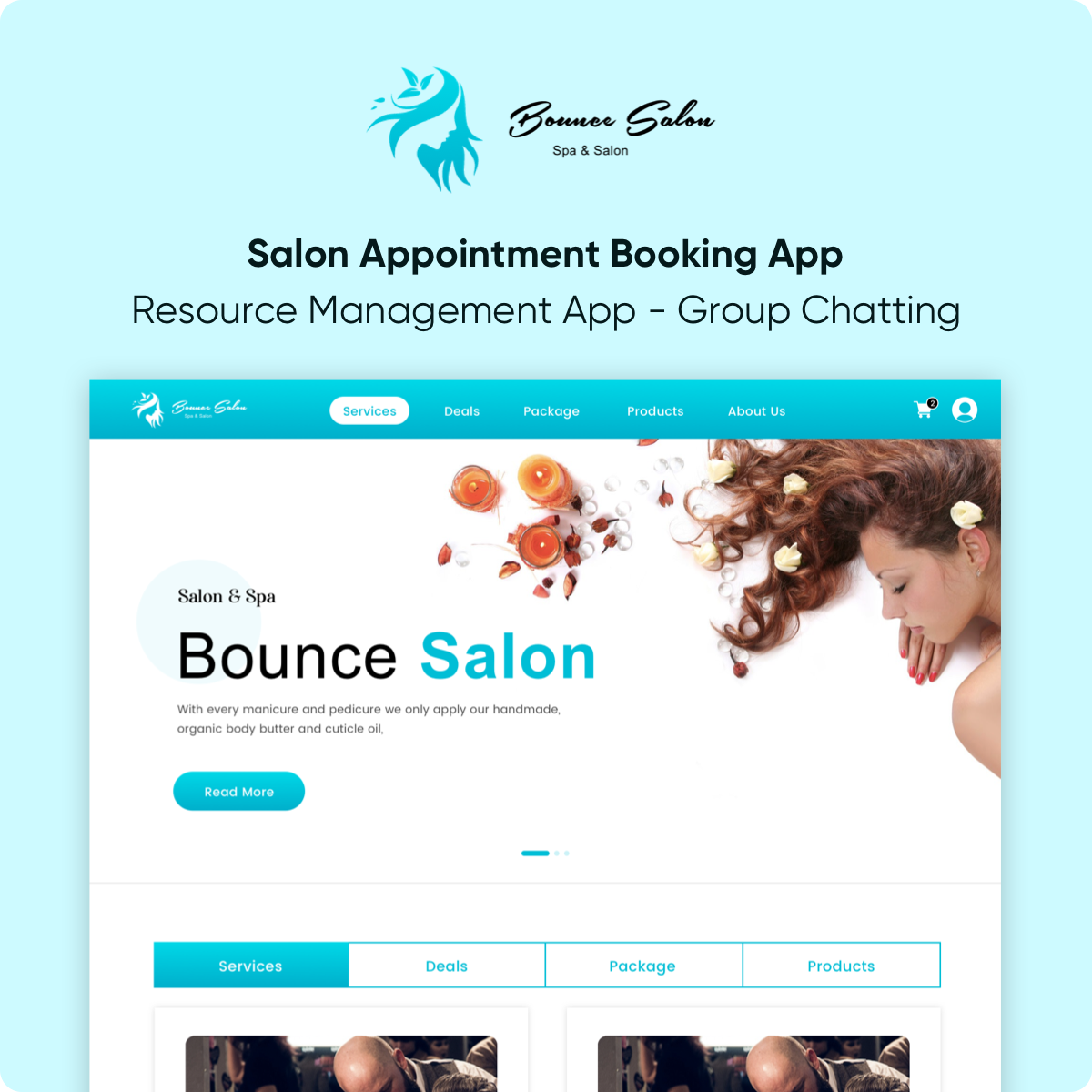

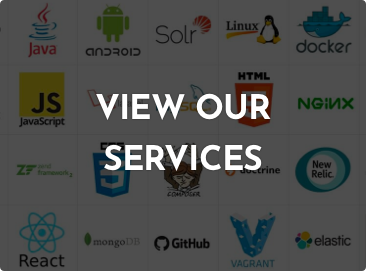 Browse Our Services
Browse Our Services
